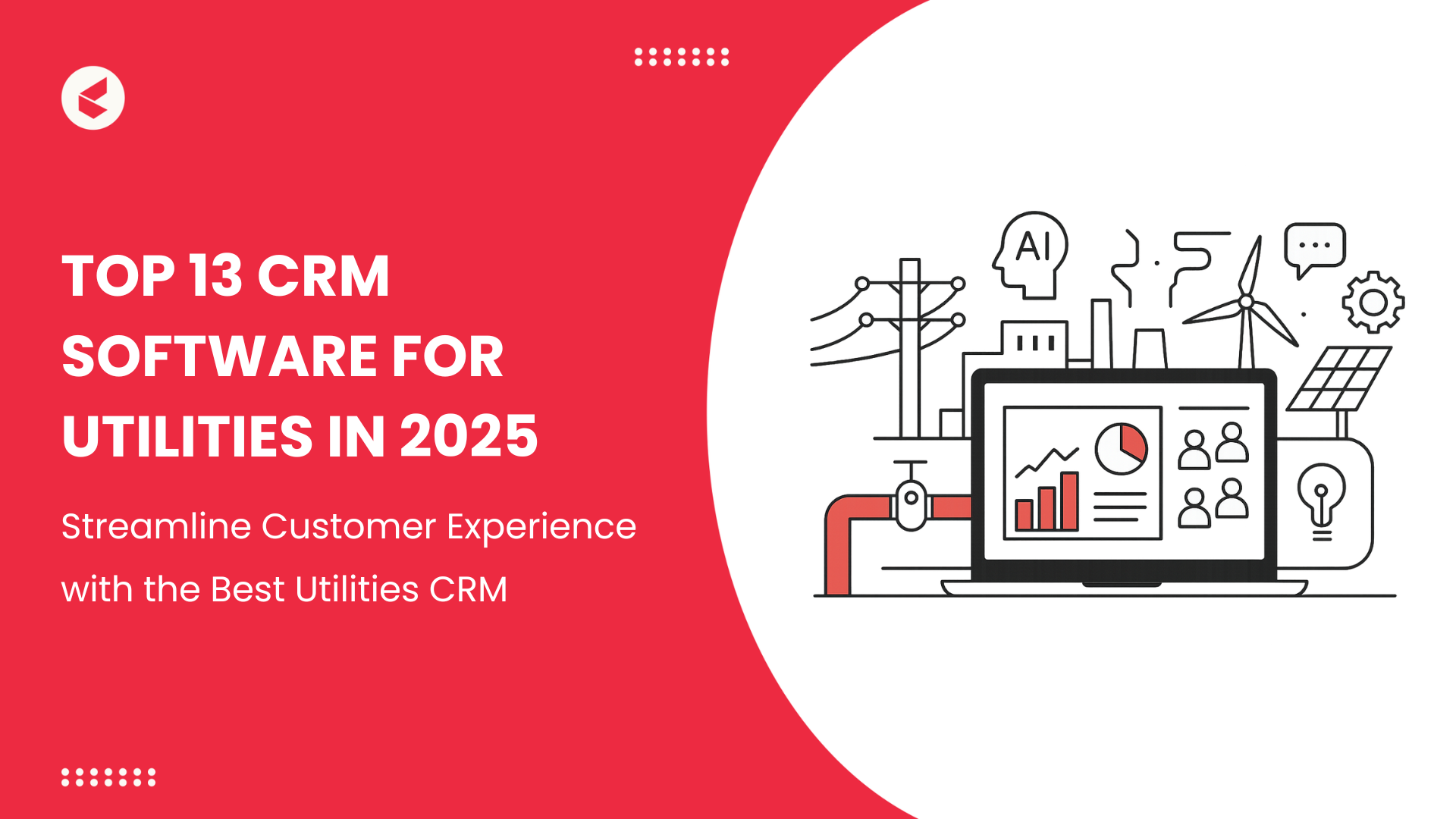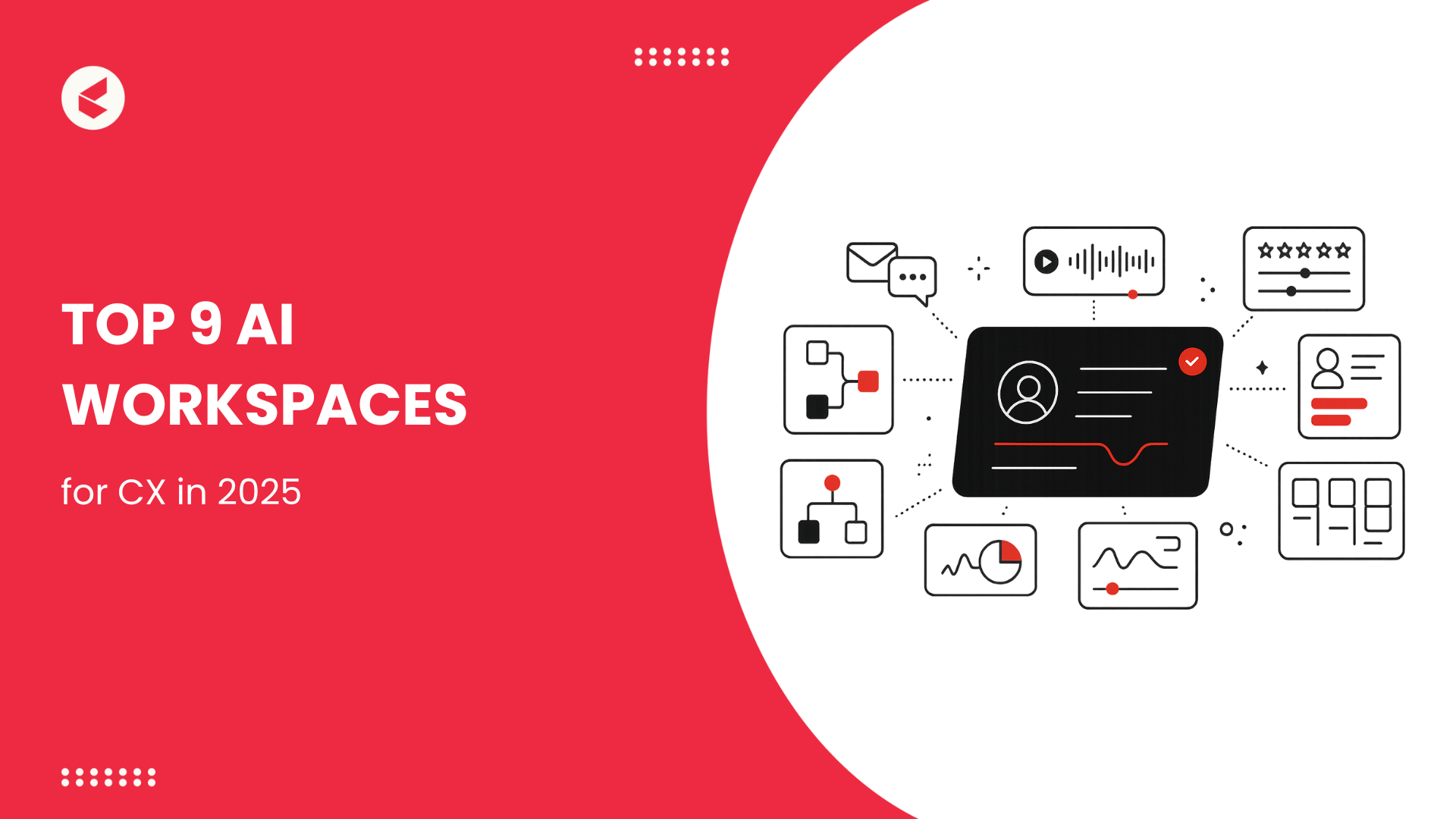In B2C support, gauging sentiment is relatively straightforward. You’re usually hearing from one person, expressing one emotion, whether it’s satisfaction, frustration, or indifference.
But B2B support doesn’t work like that. Here, you’re managing a conversation that spans multiple roles across an organization: procurement, end-users, IT teams, and even C-level executives. Each brings a different lens, different expectations, and, sometimes, conflicting priorities.
According to Forrester, 64% of B2B buyers confirmed they would stop purchasing from a supplier after just one poor experience. This exemplifies how costly even one subpar support exchange in B2B can be.
Sentiment can shift mid-thread depending on who’s speaking and why. That makes traditional sentiment analysis tools, relying on surface-level tone, less effective. In B2B, support teams need smarter ways to read between the lines: tools that capture context, intent, and the subtle undercurrents that shape long-term relationships.
Why Sentiment Is Harder in B2B CX
In B2B customer experience, sentiment is much more complex than consumer interactions. Here’s why:
1. Multiple Personas on One Ticket
In B2B support, it’s common for a ticket to circulate between an end-user, an IT administrator, and procurement personnel, all with different concerns. Each role brings its own language, expectations, and urgency. What seems like a simple technical query might carry serious contractual implications for another team.
2. Professional Tone Can Be Misleading
B2B communication tends to be measured and formal, but formality doesn’t equal satisfaction. A message can read as polite while still reflecting deep frustration, especially when deadlines are tight or systems are down. Support teams must learn to pick up on what’s not being said as much as what is.
3. Escalations Are Rarely Explicit
In B2B, escalation doesn’t always arrive with a subject line marked “urgent.” It might come as a manager copied on an email thread, a vague reference to delays, or a shift in tone over time. These subtle cues easily slip past automated tools unless someone is paying attention.
4. Standard Models Miss the Nuance
Most sentiment analysis tools rely on broad categories: positive, negative, and neutral. That works well in B2C, but in complex enterprise conversations, these labels often oversimplify. A message marked as “neutral” might carry major business risk, while a “positive” one could still reflect unresolved concerns.
Use Cases for B2B Sentiment Intelligence
According to Statista, 44.5% of companies expect to compete on customer experience. Sentiment insights in B2B support help teams interpret language patterns to guide more thoughtful and timely decisions throughout the customer relationship.
When used effectively, this layer of analysis adds valuable context for support agents, customer success managers, and account stakeholders, especially in high-stakes environments.
1. Monitoring Account Health Through Support Conversations
In B2B support, conversations aren’t isolated; they unfold over time. A ticket may bounce between departments or stretch across multiple exchanges. Escalations don’t always start loudly. Sometimes, they begin with a second mention of a missed deadline or a third question that hasn’t been answered.
2. Escalation Doesn’t Always Announce Itself
A frustrated client won’t always say, “I’m unhappy.” Sometimes, they just stop replying as quickly, or the messages lose their usual clarity. It might be a shortened tone, less patience, or a copied manager quietly added to the thread. Paying attention to these shifts can prevent a small issue from snowballing.
3. Some Clients Can’t Wait in Line
A missed reply from a smaller account is unfortunate. A missed warning sign from a high-value client could cost much more. By combining sentiment with contract timelines or deal value, support teams can decide what needs a fast response and what can wait another hour.
4. CSAT Shouldn’t Be the First Alarm
Feedback surveys arrive after the fact. But often, the clues were in the conversations: more clarification requests, a sudden drop in engagement, or carefully worded concern. When support teams notice these changes early, they don’t need to guess how the client feels; they already know.
For instance, if language in recent tickets grows increasingly negative, there’s a strong chance the customer’s next survey score may reflect that shift.
5. Giving Account Managers Meaningful Insights
You can’t always go by what a client writes on the surface. A sentiment view across all their conversations gives account managers a better sense of how things are really going and when it’s time to step in.
How to Make Sentiment Models B2B-Smart
Basic sentiment tools fall short in complex enterprise environments. To make them useful in B2B support, they need to account for longer conversations, multiple stakeholders, and business context. Here’s how to build models that actually reflect what’s happening behind the words.
1. Train with Real B2B Support Data
Short reviews or social media posts don’t reflect the depth of enterprise support conversations. In B2B, interactions often span multiple messages, involve several teams, and include complex technical details.
To build models that understand this context without compromising customer privacy, synthetic datasets are carefully designed to replicate the structure, language, and escalation patterns found in real support exchanges.
This approach ensures the model can learn from realistic scenarios while respecting data boundaries.
2. Use Metadata to Add Context
A message from a global Tier 1 client in the finance sector carries a different weight than one from a mid-market user in a trial phase. Industry, account tier, product type, and even geographic region can shape the urgency and meaning behind a message. Including this metadata in the model helps it produce more accurate and actionable insights.
3. Go Beyond Tone: Identify Intent
Two messages might have the same surface tone but very different implications. For example, “This is unacceptable” signals a breakdown in trust. “Let’s escalate this” might be procedural.
Teaching models to differentiate intent, not just emotion, helps support teams understand the next step, whether it’s damage control or simply routing the issue correctly.
4. Track Sentiment at the Account Level
Looking at individual tickets in isolation can miss the bigger picture. It’s more useful to track sentiment with smart ticketing across all tickets and interactions from an account. A series of mildly negative exchanges can indicate a growing issue even if no single ticket raises alarms on its own.
5. Build in Multi-Turn Memory
Models need to recognize when a user’s tone is shifting across multiple messages, not just within a single reply. Retaining conversation history allows the system to flag when a once-satisfied customer is becoming frustrated or disengaged.
From Insights to Action: Operationalizing Sentiment
According to Avionos, 87% of B2B customers said they’d pay a premium for seamless portal capabilities. That shows why every interaction needs to feel effortless and attentive.
Identifying sentiment is only the first step. The real value lies in how teams apply that insight in day-to-day operations. Here are four ways to translate sentiment data into meaningful action:
1. Route High-Risk Tickets to Experienced Agents
Some cases don’t need a senior agent. However, if a client sounds rushed or upset, handing it to someone with more experience can make things easier for both sides.
2. Step In Before Things Slip
If a client keeps circling back to the same issue, it’s probably not just a one-off. That’s when an account manager should reach out, not to follow up on a ticket, but to actually check in. A quick call does more than another email. It shows someone’s paying attention.
3. Use Language That Reflects the Moment
People don’t always say they’re stressed, but you can usually tell. If the message feels tense, it helps to respond with a bit more care. That doesn’t mean using canned lines; it just means being aware of the tone and writing like you understand what’s going on.
4. Link Sentiment Trends to Churn and Growth Signals
According to Recurly, the average annual churn in B2B SaaS is around 3.8%, with enterprise accounts seeing even lower. Any avoidable sentiment-driven churn is a direct threat to that stability.
Tracking sentiment across time and tickets can help identify accounts at risk of churn or those that may be ready for an upsell conversation. Recognizing early warning signs or positive engagement trends allows teams to time their outreach more effectively.
How Kapture CX Reads the Room at Scale
Kapture CX is built for the complexities of enterprise support, where understanding context is just as important as resolving tickets. Its Post-Interaction Intelligence layer brings structured insight to conversations that span multiple users, roles, and touchpoints.
1 . Tracking Tone Changes and Subtle Escalation Cues
Rather than analyzing a message in isolation, Kapture looks at how tone evolves across the full exchange. If a previously cooperative thread begins to show signs of tension or urgency, the system flags it for closer attention, helping teams respond before the issue intensifies.
2. Surfacing Trends Across the Entire Account
Through integration with CRM platforms, Kapture connects sentiment signals to the broader account record. This gives managers visibility into trends, such as growing dissatisfaction across different users or rising frustration around a particular product feature.
3. Pairing Sentiment With Agent Quality Checks
It’s not just about tone. Kapture also looks at the interaction itself: what was said, how it was handled, and whether the response made things better or worse.
4. Giving Customer Success Teams Early Warning
Tone doesn’t always shift all at once. It changes bit by bit. Kapture helps teams catch that early. A check-in at the right moment can smooth things over before the account slips away.
Emotions Drive Enterprise Loyalty Too
Business choices might seem rational on the surface, especially in B2B. However, what people feel about how they’re treated or whether they’re being heard carries weight too.
Sentiment gives teams a way to spot that early. A shift in tone, frustration that keeps recurring, or a client going quiet for no clear reason: those moments can say a lot.
Kapture CX helps bring those signals into focus. By analyzing post-interaction language, mapping trends across accounts, and tying emotion to action, it gives teams the tools to step in early before small missteps turn into missed renewals or strained relationships.
Book a personalized demo to see how Kapture CX can help your team act with clarity and confidence.













